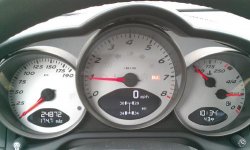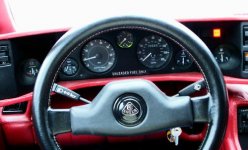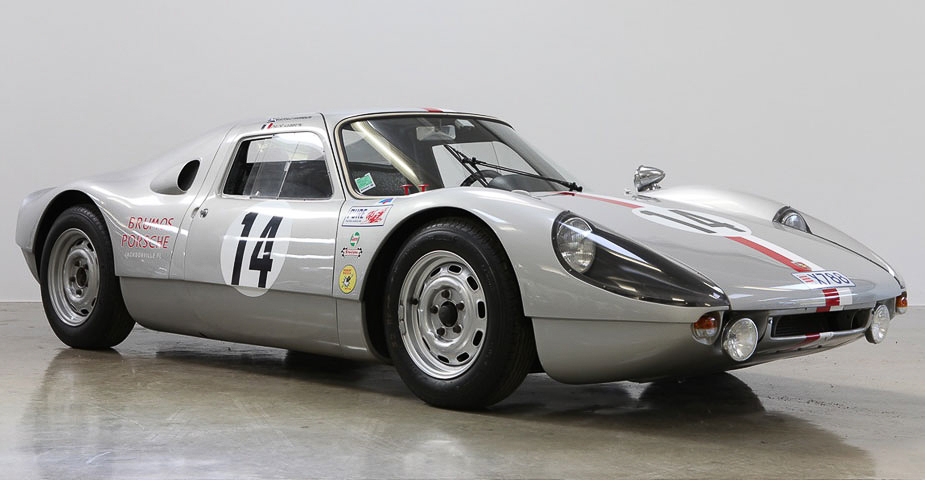Always have admired that design but never have driven one.
They're typically Mercedes in being a little heavy. But roomy inside, with a lovely feel and excellent handling, brakes, et cetera. The trunk is big enough to be useful, the smaller engined versions like mine (3L v6) make enough power to be fun and make this deliciously beautiful howl as they get up into the 4000-6000 rpm range. The 3.5L model (SLK350) are similar and make a bit more power without getting out of balance, but the 3L seems to be freer revving. The AMG SLK55 model, with the big V8, is a grunt monster but has a very very very different feel ... I'm not so fond of that. One interesting thing is that in 2006, they fit the same fuel tank to all of them ... so my "little" 3L, which can achieve 32mpg on high-speed highway cruise, can get to a range exceeding 550 miles on its 18.5 US Gallon tank.
The six-speed manual transmission is excellent, but I chose the seven-speed automatic transmission. It's a little less fun to play with, but it actually works a bit better on the road and in the curves, and is really nice in urban traffic, once you understand how to make it work to best.
From a driving perspective, the only thing I find a negative is that the standard throttle actuator response is, at best, sluggish in its response curve. That's Mercedes catering to the "we don't want to frighten grandpa" I suspect. LOL! Luckily, there's a relatively inexpensive add-on device that solves this problem, with nine optional curves in two ranges, and it takes only a half hour to install it. With this installed, I can have a pleasant GT car driving experience with the transmission and engine in "Comfort" mode, and a squirt and shoot randy teenager with two button presses any time I want to play.
😀
G






